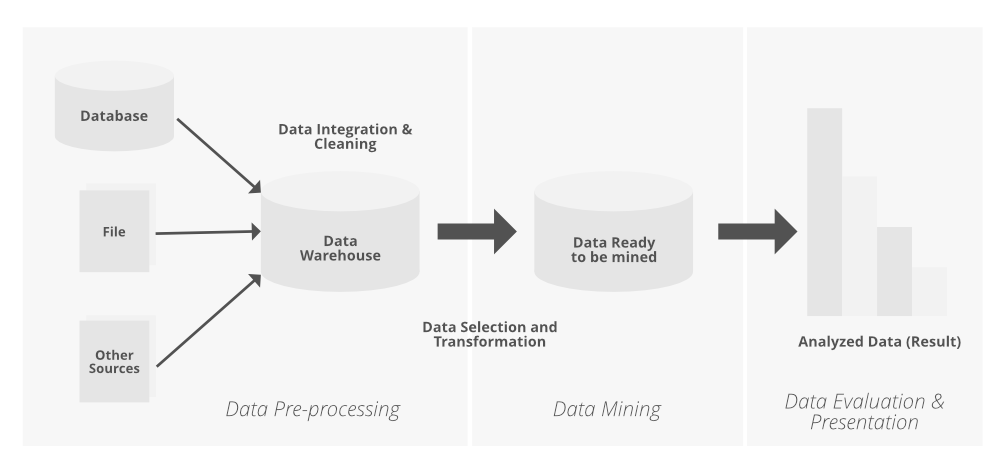
We will explain the ideas behind it step by step to give you some intuition on how to use (and misuse) it, so read on… $P$-hacking is rather related to the actions of the analyst that are aimed at "making" the result statistically significant.One of the most notoriously difficult subjects in statistics is the concept of statistical tests. So "data mining bias" described above seems more related to accidentally finding spurious correlations in the data when doing exploratory analysis on big amounts of data. The term $p$-hacking is used in a science scenario, where a researcher switches his methodology, tools, or manipulates the data until achieving a "statistically significant" result that "proves" their hypothesis and is publishable. Seems like the term is used in a trading scenario, where finding spurious patterns in the data leads to bad investment decisions. Investors try to put weight on identifying patterns.

This type of bias usually occurs during the research process when Results in investment strategies that are unsuccessful in the long To identify statistically significant patterns, which may come as a Investors to make the plays they make in the market.ĭata mining bias occurs when investors go through a dataset in order Is considered an “insidious threat” because it can sneak up on tradersĪnd analysts alike during the research processes that lead traders and Quick search gave me two references with definitionsĭata-mining bias refers to an assumption of importance a traderĪssigns to an occurrence in the market that actually was a result ofĬhance or unforeseen events. Honestly, I never saw the "data mining bias" term before.


 0 kommentar(er)
0 kommentar(er)
